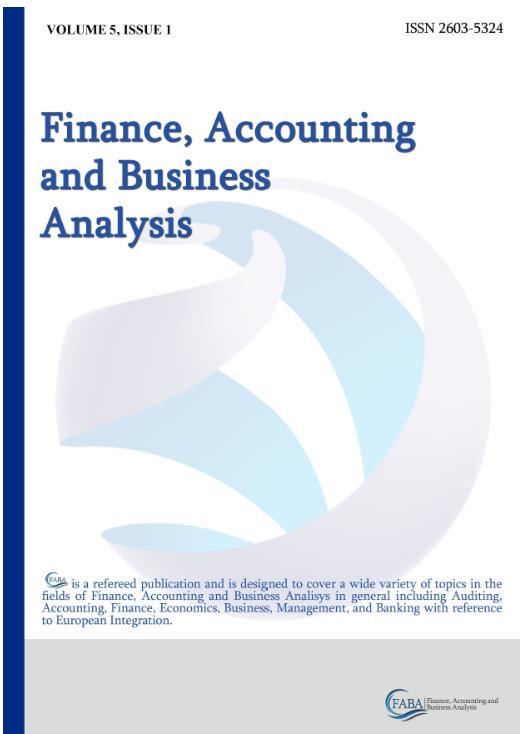Defined Contribution Pension Schemes in Central and Eastern European (CEE) Countries – Current Issues And Future Perspectives
Defined Contribution Pension Schemes in Central and Eastern European (CEE) Countries – Current Issues And Future Perspectives
Author(s): Jeko MilevSubject(s): Economy, National Economy, Public Finances
Published by: Институт по публични финанси
Keywords: pension funds; pension reforms; risks; CEE countries
Summary/Abstract: Defined contribution pension schemes have become quite popular throughout Europe in the last 20 years. Many countries implemented reforms trying to address the growing concerns about the pension systems organized mostly as pay-as-you-go structures in the last century. Adding fully funded components into the pension insurance, governments were trying to mitigate the problems arising from the ongoing process of population aging and the resulting unfavorable demographic trends in most of the countries in Europe. These reforms were widespread in central and eastern Europe in the late 1990’s and early 2000’s after the influential report published by the World Bank in 1994 whose recommendations became cornerstones of the changes introduced into the pension systems in the region. The purpose of the current paper is to give some insight into the current place of the defined contribution pension schemes in the pension systems in different countries in Europe and their significance in the next decades. The issue is substantial, especially in the light of the continuous inflation and rising pressure on public finances. Defined contribution pension schemes in central and eastern Europe have been increasing in terms of managed assets and number of insured individuals but their role continues to be insignificant in comparison with the pay-as-you-go pillars. At the same time research papers dedicated to long term sustainability of pension systems around the World show that pension insurance that relies on fully funded components tends to be more financially stable than the one built upon solely on pay-as-you-go structures. Long term sustainability of both pension systems and public finances requires reforms that further support accumulation of resources in the long term. The first part of the paper describes the current condition of defined contribution pension schemes in 9 CEE countries, the second part is dedicated to some common problems of the schemes. The paper concludes with some recommendations for future reforms.
Journal: Finance, Accounting and Business Analysis
- Issue Year: 5/2023
- Issue No: 1
- Page Range: 70-78
- Page Count: 8
- Language: English

